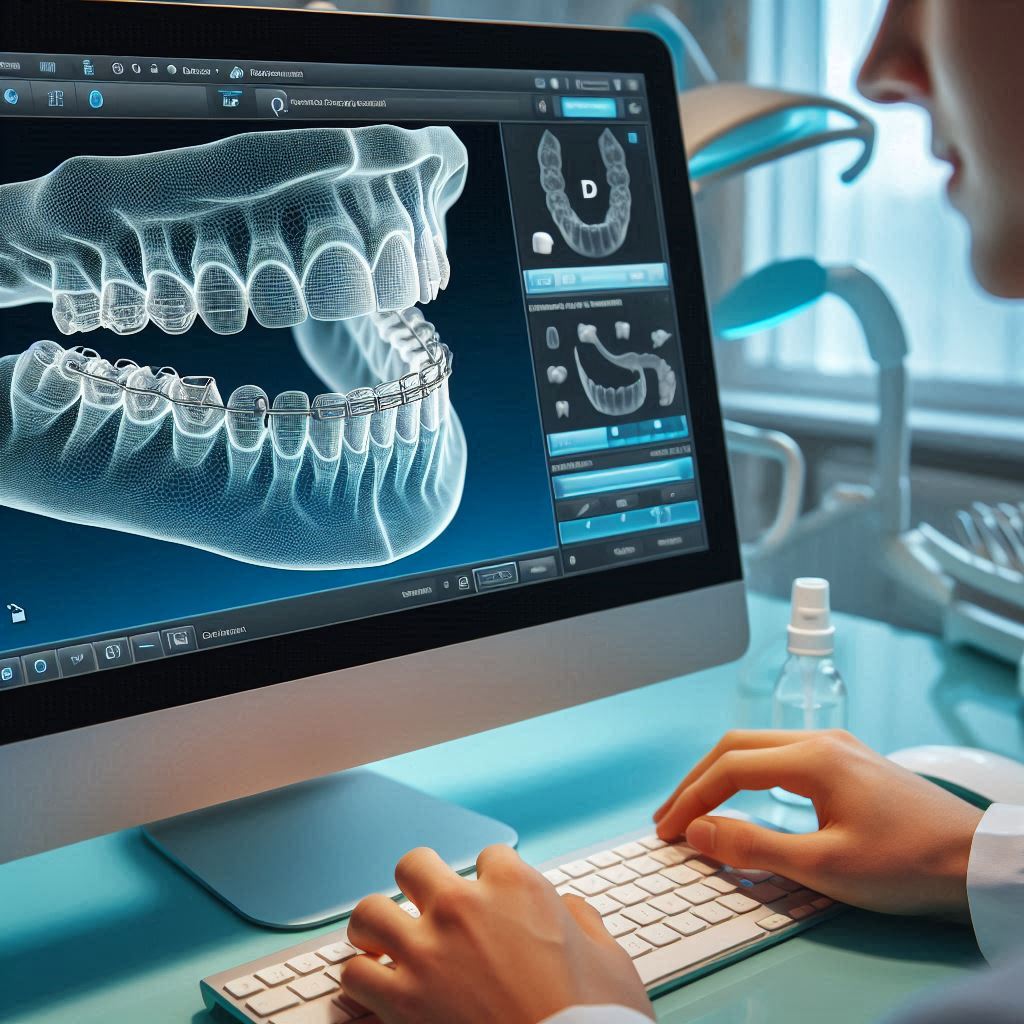3D printed braces are transforming orthodontic treatment by offering greater precision, faster production, and enhanced comfort compared to traditional methods.
How accurate are 3D printed braces?
3D printed braces are highly precise. By digitally scanning the patient’s mouth, every detail of the teeth is captured, ensuring a perfect fit. Compared to traditional molding methods, 3D printing reduces human error, leading to better results in both effectiveness and comfort.
What materials are used to make 3D printed braces?
The most commonly used materials for 3D printed braces are high-strength, wear-resistant, and biocompatible resins. These materials not only withstand the necessary corrective forces but also ensure comfort and durability. Common materials include:
- Biocompatible resins: Safe for long-term oral use, minimizing the risk of allergic reactions.
- High-strength resins: Ensure that the braces maintain their shape during prolonged use.
- Transparent resins: Offer adequate strength while being ideal for invisible braces.
How long does it take to make 3D printed braces?
3D printed braces are typically faster to produce than traditional ones. The process involves scanning the patient’s oral model, which is then directly printed by a 3D printer. The entire process usually takes just a few days to a week, significantly faster than the traditional methods, which involve molding, forming, and adjustments.
Are 3D printed braces more comfortable than traditional braces?
Yes, 3D printed braces tend to be more comfortable. They are tailored to each patient’s unique oral structure, minimizing discomfort and friction. This ensures a better fit, reducing the likelihood of mouth sores caused by poorly fitting braces. Additionally, the transparent material makes the braces less noticeable, enhancing the overall patient experience.
Can 3D printed braces be personalized?
One of the biggest advantages of 3D printing is its ability to offer highly personalized designs. By scanning the patient’s mouth and using 3D modeling software, dentists can create a custom fit for each individual. This leads to a more precise treatment, a more comfortable experience, and ultimately better results.
What is the cost of 3D printed braces?
The cost of 3D printed braces is generally higher than that of traditional braces due to the need for digital scanning, modeling, and specialized printing materials. However, as the technology advances and material costs decrease, prices are expected to become more competitive with traditional options. Moreover, 3D printing can save time and labor costs, providing potential economic benefits for some dental clinics.
How does 3D printing impact the workflow of dental clinics?
3D printing greatly improves the efficiency of dental clinics. Traditional braces often require multiple visits and long waiting times, while 3D printed braces can be completed much more quickly. The digital scanning and modeling process reduces manual labor and increases treatment accuracy. Additionally, real-time monitoring allows for quicker adjustments, leading to better precision and faster results.
Can 3D printed braces ensure long-term results for patients?
Yes, 3D printed braces offer long-term results that are comparable to, or even better than, traditional braces. Thanks to their precise, customized design and the use of high-strength materials, 3D printed braces ensure durability throughout the treatment and maintain optimal oral function once the treatment is complete.
How can the hygiene and safety of 3D printed braces be ensured?
The materials used for 3D printed braces are subject to strict hygiene and safety standards. Many of these materials undergo biocompatibility testing to ensure they do not cause allergic reactions or other adverse effects during long-term use in the mouth. Additionally, 3D printers must operate in a sterile environment to prevent contamination. Patients should also regularly clean their braces to maintain good oral hygiene.
How does care differ during the treatment process with 3D printed braces compared to traditional ones?
Patients with 3D printed braces typically experience less discomfort due to the superior fit. As a result, adjustments are usually less frequent and easier to make. However, regular check-ups are still necessary to ensure that the treatment is progressing as planned and to make any needed adjustments.



